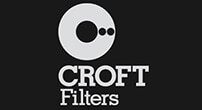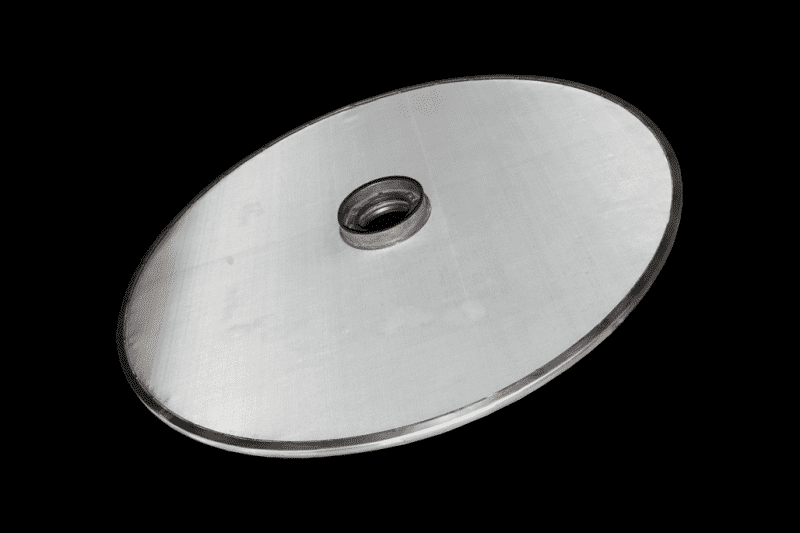- Contact 0870 350 7767
- |
- Advertise
Home > Croft Filters Ltd > An SMEs first steps into Additive Manufacturing
An SMEs first steps into Additive Manufacturing
 News and PR from Croft Filters Ltd - Published 25 October 2018
The guide is a detailed starting point for those who wish to know more before deciding on which AM process they should invest into.
News and PR from Croft Filters Ltd - Published 25 October 2018
The guide is a detailed starting point for those who wish to know more before deciding on which AM process they should invest into.
The concept of Additive Manufacturing (otherwise known as 3D printing), whereby components are manufactured in a series of layers, has be around for the best part of 30 years. The technology has matured to deliver final end parts to the wide variety of industries over the last 5 years or so. With large blue chip companies such as Boeing, Rolls Royce and Dyson investing into the technology and with the media hype surrounding Industry 4.0 it is not clear why there is still so much uncertainty around the technology and why there is not a wider understanding about the technology and adoption within the manufacturing world.
Croft Additive Manufacturing Limited, FDM Digital Solutions and the British Standards Institution have combined their knowledge, research and experience alongside Innovate UK and the Additive Manufacturing Knowledge Transfer Network (AM KTN) to create a toolbox guide to Additive Manufacturing. The guide specifically looks at 10 key questions to help Small / Medium Enterprises (SMEs) when considering 3D printing as a process for their businesses.
The guide aims to direct SMEs through the consideration process of AM rather than the actual AM manufacturing process, the guide firstly explains the 10 questions an SME should answer before adopting the AM process. The guide continues expanding into each point explaining elements not commonly known within industry and some points that are overlooked by potential AM users when considering the AM manufacturing process.
The toolbox indicates that the 10 questions to ask before adopting the AM process are as followed:
1. What is the volume of AM parts required?
2. Have other manufacturing methods been considered?
3. Has the part been designed for AM?
4. Could further added value be incorporated in the design?
5. Is 3D CAD data available for AM part production?
6. Does the part require industry regulations or acceptance standards?
7. Which material and AM processes are suitable for the part?
8. What are the critical features and part specifications?
9. Are further secondary processes to be carried out after build?
10. Is the AM part a repeatable batch production run?
Through answering these questions an SME should in theory understand how their utilisation of AM will deliver supply chain advantages that contribute to the Industry 4.0 ideology. The guide specifically talks about each point stressing that subtractive manufacturing does not equal Additive Manufacturing and how the factors of using the AM process should be reviewed. Designing for Additive Manufacturing (DfAM) is one of these factors. Has the design truly been optimised to take advantage of the AM process in order to add value?
The investment into AM can be large; with SMEs in particular the risks are high. The guide is a detailed starting point for those who wish to know more before deciding on which AM process they should invest into.
To download the free guide visit: www.ktn-uk.co.uk/news/smes-guide-to-additive-manufacturing
Croft Additive Manufacturing Limited, FDM Digital Solutions and the British Standards Institution have combined their knowledge, research and experience alongside Innovate UK and the Additive Manufacturing Knowledge Transfer Network (AM KTN) to create a toolbox guide to Additive Manufacturing. The guide specifically looks at 10 key questions to help Small / Medium Enterprises (SMEs) when considering 3D printing as a process for their businesses.
The guide aims to direct SMEs through the consideration process of AM rather than the actual AM manufacturing process, the guide firstly explains the 10 questions an SME should answer before adopting the AM process. The guide continues expanding into each point explaining elements not commonly known within industry and some points that are overlooked by potential AM users when considering the AM manufacturing process.
The toolbox indicates that the 10 questions to ask before adopting the AM process are as followed:
1. What is the volume of AM parts required?
2. Have other manufacturing methods been considered?
3. Has the part been designed for AM?
4. Could further added value be incorporated in the design?
5. Is 3D CAD data available for AM part production?
6. Does the part require industry regulations or acceptance standards?
7. Which material and AM processes are suitable for the part?
8. What are the critical features and part specifications?
9. Are further secondary processes to be carried out after build?
10. Is the AM part a repeatable batch production run?
Through answering these questions an SME should in theory understand how their utilisation of AM will deliver supply chain advantages that contribute to the Industry 4.0 ideology. The guide specifically talks about each point stressing that subtractive manufacturing does not equal Additive Manufacturing and how the factors of using the AM process should be reviewed. Designing for Additive Manufacturing (DfAM) is one of these factors. Has the design truly been optimised to take advantage of the AM process in order to add value?
The investment into AM can be large; with SMEs in particular the risks are high. The guide is a detailed starting point for those who wish to know more before deciding on which AM process they should invest into.
To download the free guide visit: www.ktn-uk.co.uk/news/smes-guide-to-additive-manufacturing
Related Downloadable pdf's
Other announcements from Croft Filters Ltd
-
Croft Filters Birthday Competition!
Croft Filters Ltd is 33 1/3rd years old on December 1st 2019, and to celebrate this we are having a competition.
29 Nov 2019
-
OIL, GAS, FOOD, PHARMACEUTICALS: WHATS THE CONNECTION?
The industries for oil and gas production, food and beverages and even pharmaceuticals donít seem to have any obvious connection at first glance.
11 Apr 2019
-
THROW AWAY FILTERS: TO BE OR NOT TO BE?
For decades, frugality was crucial. Manufacturing products were complicated and time-consuming.
11 Apr 2019
-
Re-mesh, Re-use, Refine - Croft Filterís refurbishing service
There are many reasons why Croftís Customers decided to re-mesh and reuse their filter elements, whether it is to save on cost of a new element or whether they are happy with their current design...
25 Jul 2018







